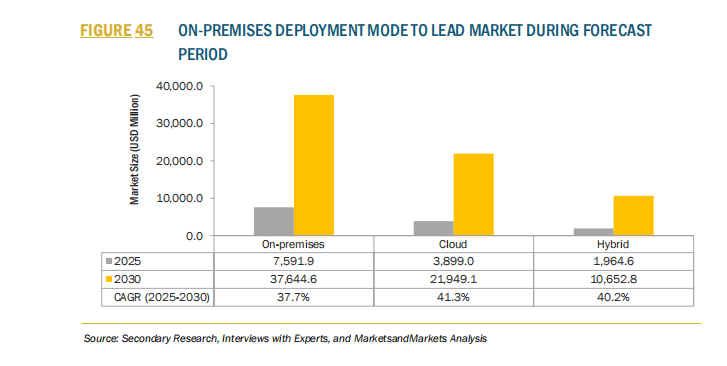WhatsApp or email with our sales team or get in touch with a business development professional in your region.
Cloud vs. On-Premise Deployment: The Future of Digital Signatures





The debate over cloud versus on-premise deployment models for digital signature solutions has evolved into a discussion about achieving an optimal balance between security, compliance, and efficiency. Initially, highly regulated industries such as finance, healthcare, and government preferred on-premise deployments to maintain complete control over data and encryption keys. However, in recent years, cloud solutions have gained prominence thanks to scalability, lower total cost of ownership (TCO), and fast…

According to MarketsandMarkets’ “Digital Signature Market Global Forecast to 2030,” cloud-based e-signature solutions are projected to grow at a CAGR of 41.3% over the next five years, compared to 37% for on-premise solutions. This reflects a broader industry trend toward hybrid and cloud-first architectures.
Cloud deployment offers advantages in cost and agility, especially for SMEs, eliminating heavy upfront infrastructure investments. Cloud services provide automatic updates and advanced features such as AI-powered analytics, blockchain-based notarization, and integrated identity verification, enabling organizations to rapidly adapt to global business demands.
On-premise deployment, however, remains irreplaceable in certain scenarios. Industries with strict data sovereignty and sector-specific compliance requirements continue to choose on-premise solutions to maintain control over sensitive data, encryption keys, and audit logs. These deployments are deeply customizable, designed to meet unique security frameworks and cryptographic standards.
Hybrid strategies are increasingly common among large enterprises. Sensitive workflows and data are often retained on-premise or in private clouds, while interdepartmental or external collaboration workflows are managed in public clouds. Zero-trust architecture, hardware security modules (HSMs), granular access control, and dual-control mechanisms are becoming standard features, building a comprehensive “endpoint-cloud” security ecosystem.
Looking forward, organizations will base deployment decisions on regulatory requirements, cross-border data flows, and business continuity strategies. Vendors will be expected to offer flexible, multi-scenario solutions, shifting competition from deployment choices to the ability to deliver integrated and compliant platforms.

Shunfang
Head of Product Management at eSignGlobal, a seasoned leader with extensive international experience in the e-signature industry.
Follow me on LinkedIn
Get legally-binding eSignatures now!
30 days free fully feature trial
Business Email
Get Started
 Only business email allowed
Only business email allowed
Latest Articles


